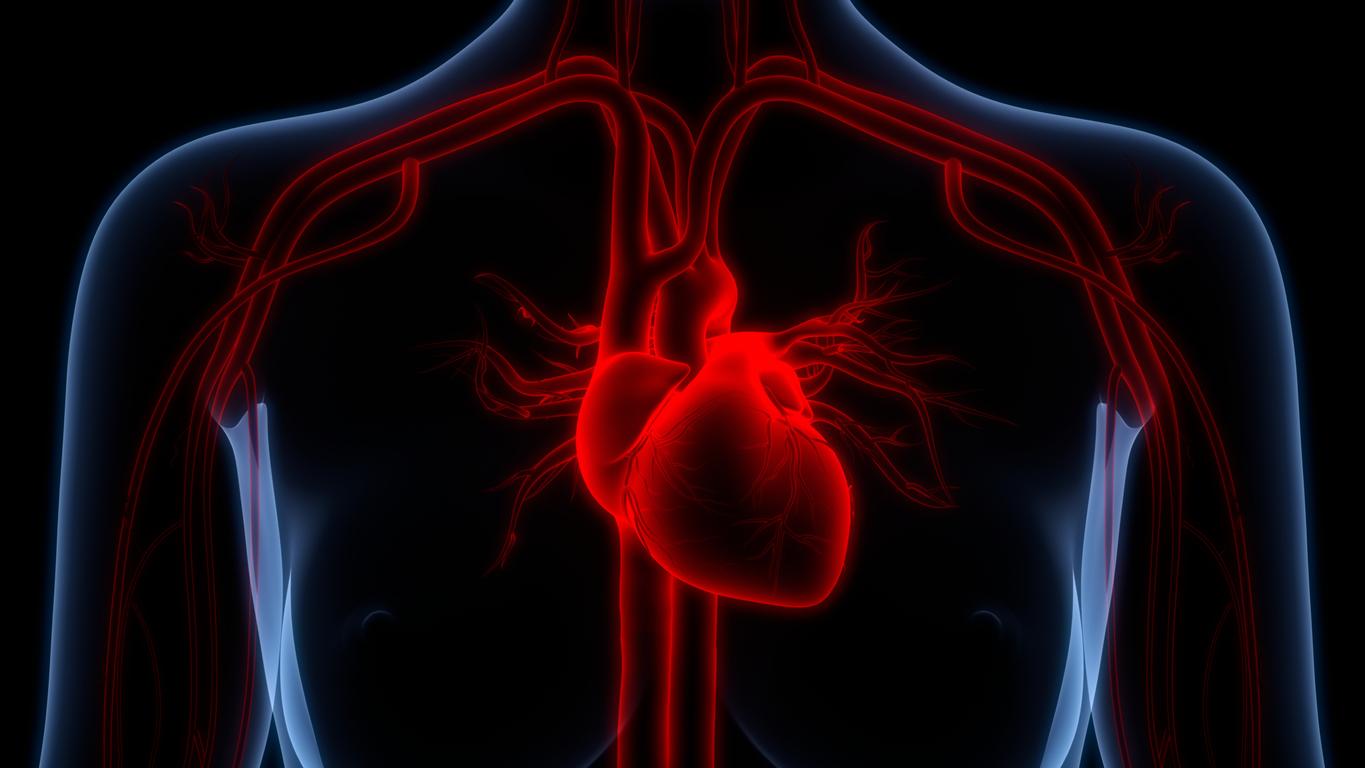As part of the 2022 Action Week concerning atrial fibrillation, Why Doctor offers you a series of articles to better understand the disease, its symptoms and the treatments to control it. We take stock of its main dangers with Professor Xavier Waintraub, cardiologist at Pitié Salpêtrière.

- Atrial fibrillation increases the risk of having a stroke.
- The disease also increases the risk of mortality.
- It can also promote the onset of neurodegenerative diseases.
Tachycardia, shortness of breath, fatigue: these main effects of atrial fibrillation (or auricular fibrillation) do not appear to signify a serious or dangerous illness. And yet: the consequences of this dysregulation of the heart rhythm caused by the dysfunction of cells which normally manage the electrophysiological phenomenon at the origin of the contractions of the heart muscle, can be extremely serious.
Atrial fibrillation: stroke is the greatest risk
The major risk associated with atrial fibrillation is stroke, cerebrovascular accident, which can have terrible consequences such as hemiplegia but which can above all be fatal. “The large number of cell activation foci in the atrium disrupt its contraction to evacuate blood to the ventricle, which causes this atrium to no longer drain; a clot can therefore form and migrate to the vessels that irrigate the brain”, explains Professor Xavier Waintraub, cardiologist at the Pitié-Salpêtrière hospital in Paris. It is for this reason that one of the first treatments prescribed in the care of patients who suffer from fibrillation are anticoagulants which limit the risk of blood clots forming. Even if these drugs which, on the other hand, increase the risk of bleeding, require regular monitoring of patients, especially when they are elderly.
But this risk of stroke related to atrial fibrillation is not the same depending on the patient. There is a score to evaluate it according to possible associated diseases (hypertension and diabetes, in particular) which makes it possible to define the most appropriate treatment. “The more associated diseases, the higher the risk score for fibrillation-related stroke, and the higher this score, the more important it is to treat the patient with anticoagulants”, specifies Professor Waintraub.
The disease multiplies the risk of death by 1.5
The other consequence of atrial fibrillation which makes it a disease to be monitored and treated seriously is its impact on mortality. “We know this impact better since we followed large cohorts in the United States for several decades.explains Professor Xavier Waintraud, this established that atrial fibrillation increases the risk of death by 1.5 times compared to normalThis risk is therefore not negligible, especially since atrial fibrillation mainly affects people over 65 and it is even considered that after 80, one in two people suffers from this disease.
Memory disorders and heart failure
The age of patients also plays a role in another risk associated with atrial fibrillation, the early onset of memory disorders that herald neurodegenerative diseases. “These disorders may affect up to 20% of patients with atrial fibrillation“, warns Professor Waintraub.
Finally, cases of heart failure related to the disease can appear within four to five years after the first attacks of atrial fibrillation. “And we should not in any case underestimate the impact of the disorders directly caused by the accesses of atrial fibrillation, the palpitations and the shortness of breath, in particular, which can be very disabling on a daily basis.“, concludes Professor Xavier Waintraub.
Below, our Q&A program on atrial fibrillation with Pr Xavier Waintraub:
















